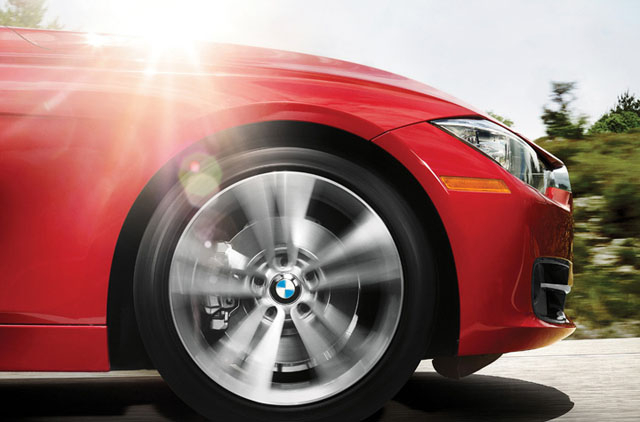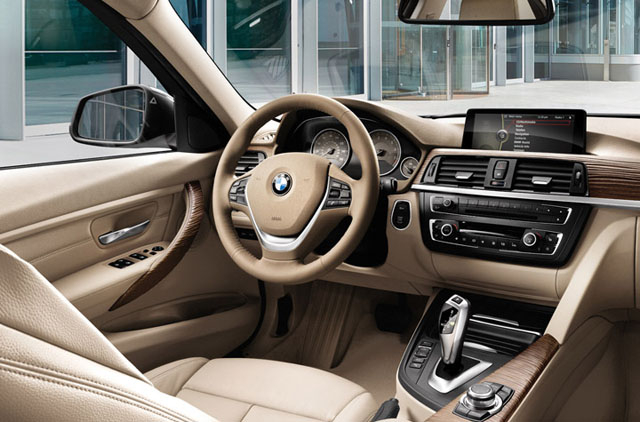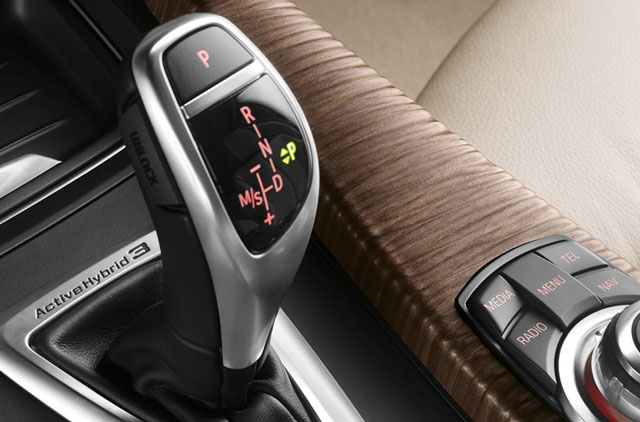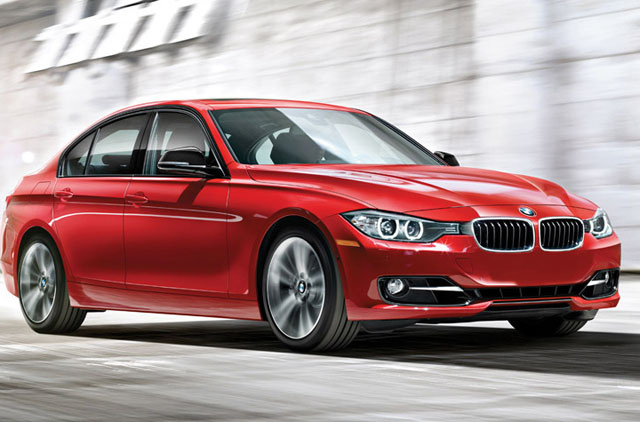
New York: BMW’s gas-electric hybrid 3-Series sedan answers a question that few BMW owners or aspirants have asked:
Is it possible to have an “ultimate driving machine” that is reasonably fuel-efficient and inoffensive to environmental concerns?
The 2013 BMW Active Hybrid 3 driven for this week’s column replies: “Yes, but . . . . “
Yes, it is possible. But you’ll have to drive it a very long time - 62 years by one industry estimate - to recoup the Active Hybrid 3’s price premium compared with the cost of a less expensive 3-Series model such as a gasoline-fueled BMW 328i, which starts at $36,850.
By comparison, the Active Hybrid 3 begins at an eye-popping $49,650.
Yes, you can get better fuel economy in a high-performance entry-level luxury car with no diminution of legendary BMW prowess. But if it’s fuel economy you mostly want, you don’t want a BMW.
The Active Hybrid 3 is a marvel of engineering and design - a stunningly beautiful car to drive . . . and in which to arrive. Equipped with a 3-liter in-line six-cylinder engine and a lithium-ion-powered electric motor (combined 335 horsepower, 330 pound-feet of torque), the rear-wheel-drive car moves 0 to 60 mph in 5.3 seconds.
That’s fast by the standards of most drivers. It certainly falls within the realm of BMW owners’ expectations.
But “fuel economy”? We should parse terms.
The 2013 BMW Active Hybrid 3 is “fuel-efficient,” especially for a BMW. That means it does a surprising amount of work - delivers a commendable amount of power - per unit of energy consumed. It gets 25 miles per gallon in the city and 33 on the highway.
That’s something for a BMW.
But there is nothing economical about it.
The Active Hybrid 3 requires more expensive premium gasoline. You can try to scoot by with 89-octane fuel. But you do so at the car’s risk. For best performance, you should use the higher and more costly 93 octane.
BMW’s marketers boast that the Active Hybrid 3 is “the world’s first full hybrid among compact sedans in the premium segment.” But when marketers use that many adjectives, they really are trying to avoid saying something else. To wit:
The world’s first full gas-electric hybrid, the Toyota Prius, runs rings around the BMW Active Hybrid 3 in the arena of fuel economy. It gets nearly 50 miles per gallon in combined city-highway driving, and it drinks regular-grade fuel. Numerous other affordable gas-electric hybrids and extended-range electric vehicles, such as the Chevrolet Volt and Ford Fusion Energi, also beat the Active Hybrid 3 in fuel economy.
But they have one big problem: None of them is a BMW.
Scoff if you must, but that BMW badge has an intrinsic value that few rivals can match. That means something. Lesser-prestige manufacturers can innovate, improve and decidedly advance alternative propulsion technologies, such as electrification.
But BMW’s now wholehearted entry into that business probably means that electrified vehicles, of one sort or another, are here to stay. And BMW did not plug into the gas-electric-hybrid segment as a matter of corporate hubris, a kind of technical showing off.
As is the case with all of its competitors, BMW is under government pressure, here and abroad, to produce cleaner, more fuel-efficient automobiles. The company has enthusiastically taken up the challenge, as evidenced by its Active Hybrid 3.
Think about the possibility: BMW, maker of gasoline- and diesel-powered “ultimate driving machines,” producing an array of alternative-propulsion cars that run equally well under the same marketing rubric.















